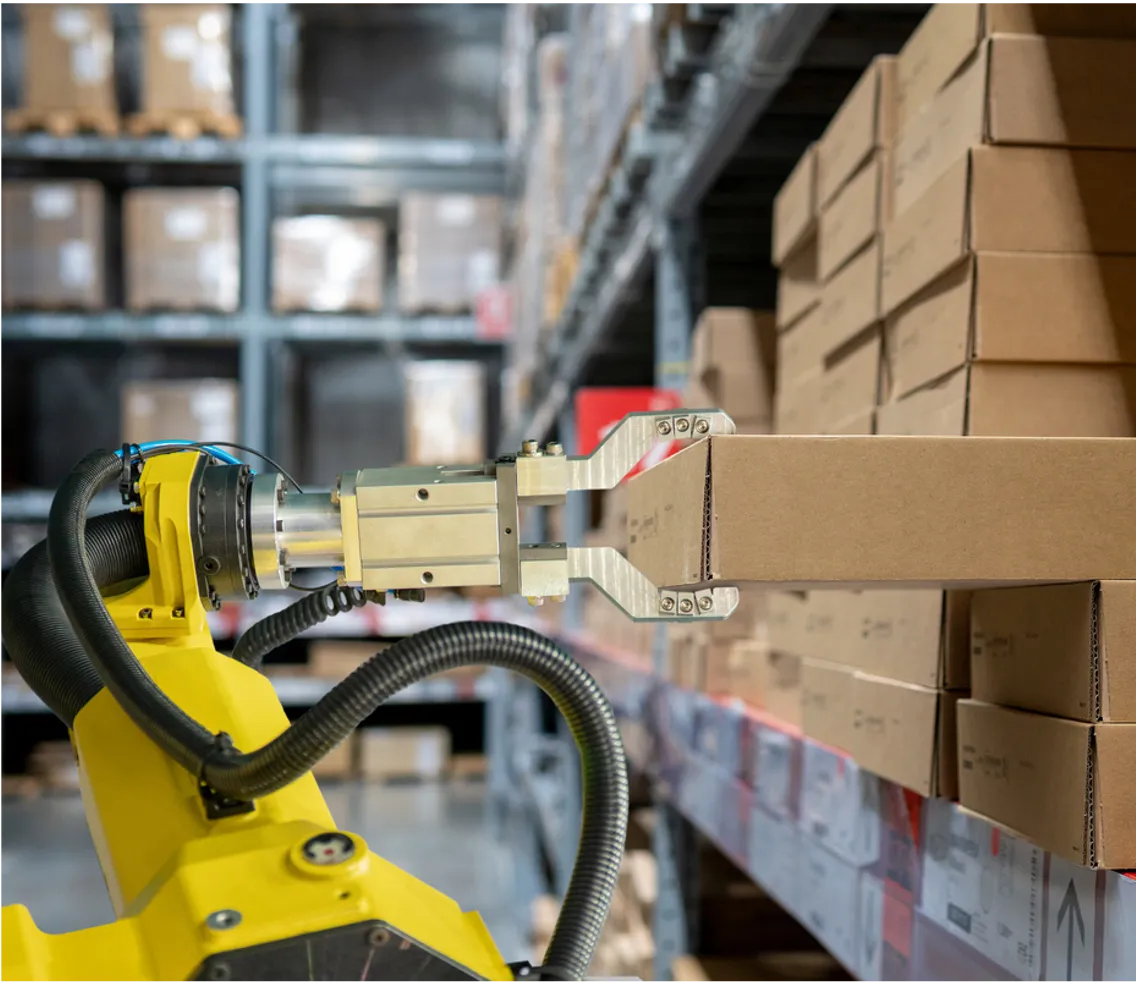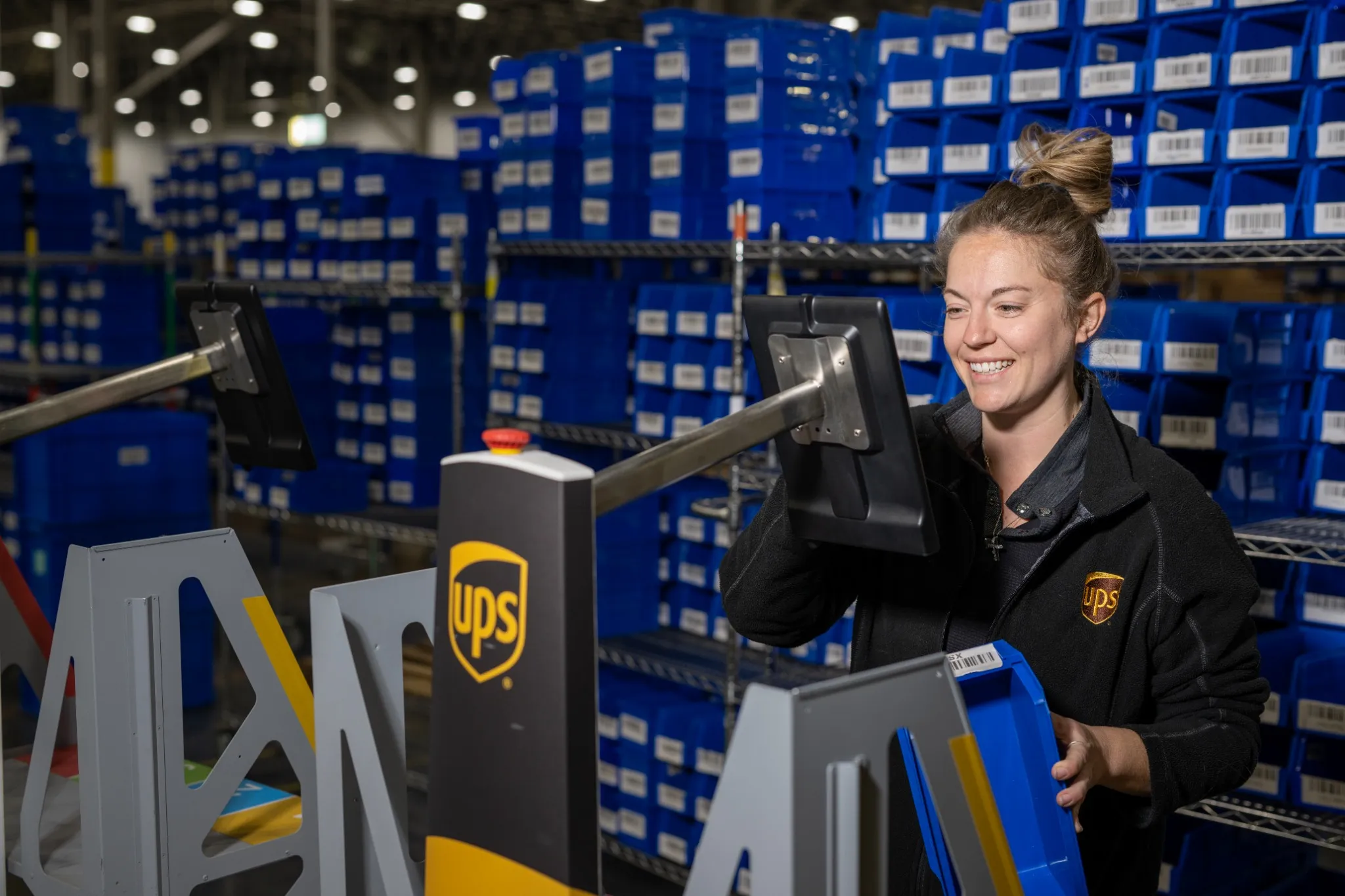Executive Summary
In an era defined by e-commerce giants and same-day shipping expectations, small and medium-sized businesses (SMBs) are under immense pressure to optimize their warehouse operations. Labor shortages, rising costs, and customer demands for speed and accuracy have turned efficiency into a survival skill. For SMBs, warehouse automation—once a distant dream reserved for industry titans—offers a lifeline to remain competitive without breaking the bank.
Automation encompasses a spectrum of technologies: conveyor belts for moving goods, automated sortation solutions, autonomous mobile robots (AMRs) for picking, automated storage solutions, and software like warehouse management systems (WMS) for real-time oversight. These tools promise reduced errors, faster fulfillment, and lower labor dependency. Yet, for SMBs with limited budgets and smaller-scale operations, the idea of a full warehouse overhaul can seem daunting. High upfront costs, potential downtime, and the risk of over-investing in unproven systems loom large.
Enter the phased approach — a strategy tailored to SMB realities. Instead of a disruptive, all-in-one transformation, this method breaks automation into digestible steps. Each phase targets specific pain points, delivers measurable gains, and builds toward a fully optimized warehouse. By pacing investments and minimizing risk, SMBs can adopt cutting-edge solutions without jeopardizing cash flow or operational stability.
This article outlines a three-step phased approach — assess and prioritize, implement and optimize, scale and sustain — demonstrating why it’s the smarter path for smaller businesses.
Step 1–Assess and Prioritize: Laying the Groundwork
The journey begins with a deep dive into current operations. SMBs must assess their warehouse workflows to pinpoint inefficiencies and opportunities. Are orders delayed by slow manual picking? Do inventory miscounts lead to overstocking or stockouts? Gathering data — order volumes, labor hours, error rates, and customer complaints — provides a clear picture of where automation can make the biggest difference.
By focusing on quick wins first, SMBs build confidence and momentum for future phases.
Prioritization is the next critical task. Not every process needs automation at once, and SMBs must weigh ROI against complexity.
Low-hanging fruit, like automated inventory tracking with barcode scanners or RFID tags, often tops the list. These solutions require minimal infrastructure changes yet deliver instant benefits: fewer errors, better stock visibility, and reduced labor time. For example, a small retailer might cut inventory audit time from hours to minutes, freeing staff for higher-value tasks.
This phase benefits from expert input. Partnering with a supply chain consultant familiar with SMB needs can define the roadmap and path forward. The result is a tailored plan — say, starting with inventory tracking, then adding conveyors, and later integrating robotics — aligned with budget constraints and growth goals. By focusing on quick wins first, SMBs build confidence and momentum for future phases.
Step 2– Implement and Optimize: Starting Small, Winning Big
With priorities set, implementation begins. Consider an SMB installing a compact conveyor system to move goods from picking stations to shipping docks. This targeted upgrade might shave 15–20% off order processing time — a significant boost for a small team. The key is integration: the system must mesh with existing workflows, from manual packing to shipping software. Detailed planning — mapping layouts, testing compatibility — avoids costly disruptions.
Optimization follows iplementation. SMBs should track key performance indicators (KPIs) — throughput rates, error reductions, labor savings — to gauge success. If the conveyor cuts shipping prep time by 25%, that’s a win; if bottlenecks persist, adjustments can refine the setup. This iterative process leverages real-world feedback — a luxury all-at-once implementations rarely afford. Early gains — like faster turnarounds or lower overtime costs — generate revenue to fund the next phase, creating a self-sustaining cycle.
Step 3– Scale and Sustain:Building on Success
Once initial solutions prove their worth, scaling becomes the focus. An SMB that mastered inventory tracking might now deploy a WMS to integrate with e-commerce platforms, automating order prioritization and demand forecasting. Or, a business with a conveyor system could add AMRs to handle picking inefficiencies, reducing reliance on labor and allowing for flexibility during peak times. Each step builds on the last, creating a cohesive, efficient operation.
Scalability is where the phased approach pays dividends. Costs are spread over time, aligning with revenue growth rather than straining finances upfront. Flexibility is also baked into a phased approach, letting smaller businesses pivot without scrapping their investment.
Real-World Examples of Phased Success
Consider a fast-growing outdoor gear e-commerce retailer. Due to significant seasonal surges, it started with RFID inventory tracking, cutting stock discrepancies by 30% in three months. Encouraged, PeakPulse added a conveyor belt in phase two, boosting order fulfillment by 40%. By year two, it scaled to a WMS, syncing with its online store for real-time updates — a full transformation achieved without halting operations.
Or take “FreshFlow,” a small food supplier with stringent customer service commitments. It began with a put-to-light sorting wall, reducing labor costs while doubling order throughput capacity and speed. Phase two introduced basic AMRs, halving transport time within the picking operation.
These examples highlight how phased automation delivers compounding benefits, tailored to SMB scale and pace. Contrast this with a hypothetical all-in-one approach: a small electronics firm sinking $500,000 into a fully robotic warehouse, only to face downtime, staff resistance, and unused capacity. The phased path avoids such traps, proving that slow and steady wins the race.
Overcoming SMB Challenges with Phased Automation
SMBs face unique hurdles—tight budgets, lean teams, and limited tech expertise—that make phased automation a natural fit. Cash flow constraints? Spreading costs across phases keeps finances manageable. Limited staff and expertise? Incremental changes prevent overwhelm, letting workers master one tool before tackling another. Lack of in-house IT? Vendors can provide plug-and-play solutions, from setup to support, easing the transition.
Risk mitigation is another advantage. A full-scale rollout might falter if a system underperforms, leaving an SMB with debt and no gains. In a phased plan, each step is a proving ground—failure is contained, success is amplified. For instance, if an AGV trial disappoints, the business can pivot to conveyors without derailing its strategy.
Customer satisfaction also rises. Faster, error-free deliveries build loyalty—critical for SMBs competing with giants. A phased approach ensures these improvements come online steadily, avoiding the chaos of a rushed launch. It’s a pragmatic way to balance short-term survival with long-term ambition.
The Future of SMB Warehousing
Warehouse automation isn’t a one-time fix—it’s an evolving journey. For SMBs, a phased approach lays the foundation for future-ready operations. Emerging technologies like AI-driven demand prediction, drone inventory checks, or modular robotics can slot into later phases as they mature and costs drop. This adaptability keeps SMBs agile in a dynamic market.
The benefits are clear: affordability through staged investments, flexibility to adjust course, and scalability to match growth. A small retailer automating today could rival Amazon’s efficiency tomorrow—all without betting the farm. Industry data backs this up: a 2024 study by ABI Research found SMBs using phased automation saw 20–30% higher ROI than those opting for full deployments, thanks to lower risk and faster payback.
For SMBs, the message is simple: you don’t need a mega-budget to automate. Start with what hurts most, optimize as you go, and scale when ready. A phased approach turns warehouse automation from a daunting leap into a series of confident steps—empowering smaller businesses to thrive in a big-player world.
About the Author

Zac Reynolds
UPS Customer Solutions | Area Manager
As an Engineering Practice Area Manager at UPS Customer Solutions, Zac has spent over eight years in the Supply Chain Optimization department and more than 18 years in the industry. With expertise in industrial engineering, operations, and supply chain consulting, he leverages deep UPS knowledge to enhance customer operations. Passionate about problem-solving and collaboration, Zac finds it rewarding to work closely with business owners and teams to drive measurable improvements in efficiency, safety, and overall business performance.
 Customer
Customer 






